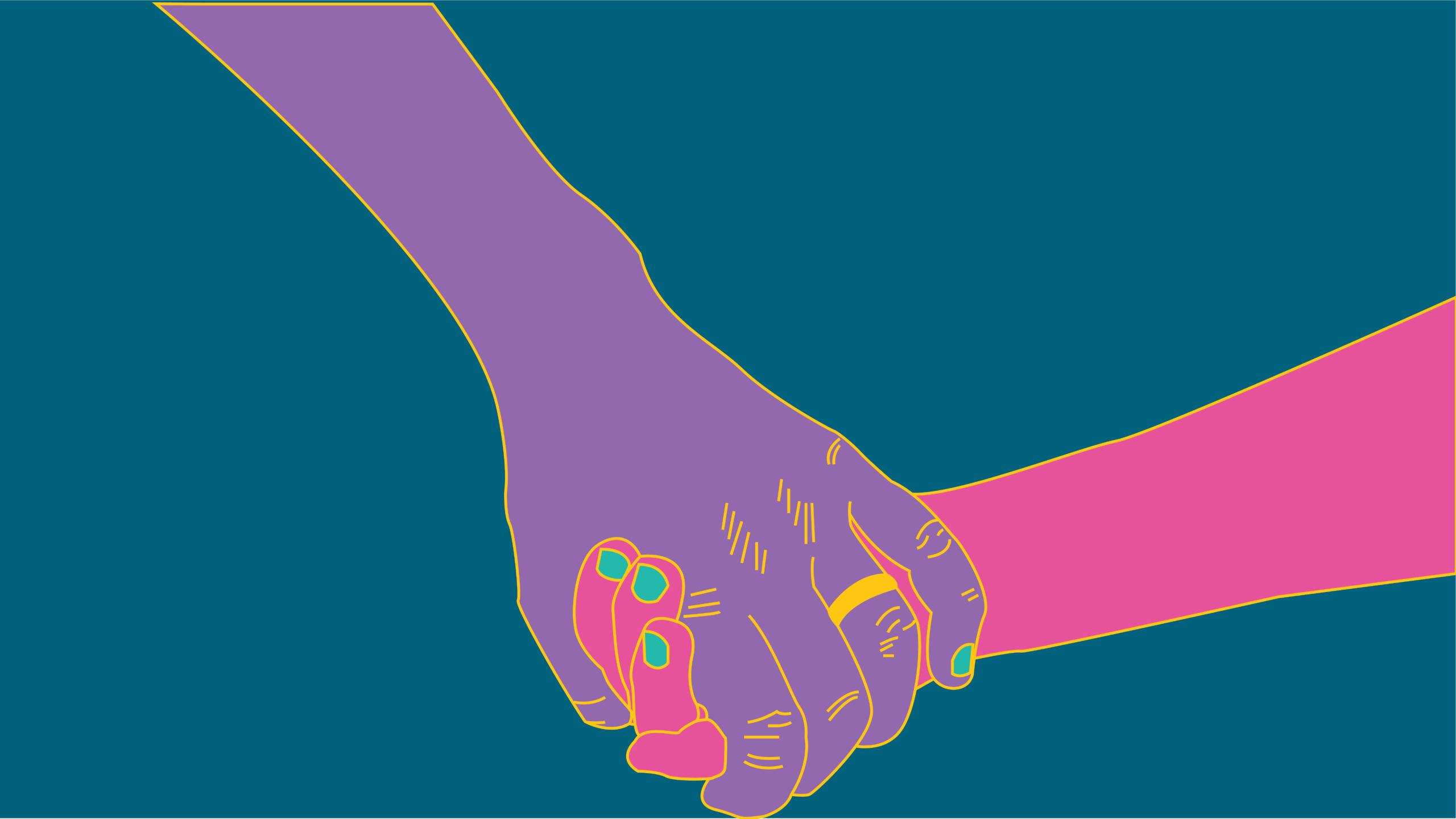By Raizel Harjosubroto
This is a feature piece from our Fun Issue, The Darkest Timeline. Life has become such a clusterfuck that it’s hard to tell the difference between reality and satire. This is a factual, reported piece that we put up alongside similar satire articles. Have fun reading!
Lecture had just started when Jael Joseph got a call from the daycare. “Your son has a fever. You have to come pick him up,” the daycare worker said. As a second-year journalism student at Ryerson completing a regular commute from downtown Toronto to Scarborough, her trip was now aggravated by a snowstorm and heavy traffic.
The daycare has a rule that a child needs to be picked up within two hours after notice. Joseph took nearly three hours to get there. Had this been any other daycare, who knows how understanding they could have been?
In addition to raising two children and studying for an undergraduate degree, Joseph and other parents across the province are now faced with the government’s recent cancellation of a $50 million fund to help child care centres in Ontario. Funding has to come from somewhere in order for these centres to run, so child care fees must increase, directly impacting the parents who have to pay for those services.
The child care system was already faulty before the government’s cuts. Ryerson early childhood studies professor Rachel Langford says that child care works within a “market system.” In the same way a parent would purchase baby formula or diapers, “they purchase a spot in a child care setting.” The parent fees are already high, and according to the long-time early child educator, parents can pay up to $2,000 a month for childcare.
The funding is also meant to pay the wages of daycare staff—already working for a low wage—and support parents who cannot fully afford daycare. Langford, who advocates for a publicly-funded system, says that the Conservatives are against “government interference” and is instead “motivated by the belief that young children should be at home with their mothers.”
“It’s like you’re choosing between going to class or you’re trying to fit courses into what works for your family“
Annalise Zala, a second-year psychology student at Ryerson, has been looking for a daycare to take care of her one-year-old ever since he was born. Because of this, Zala misses out on many opportunities, such as daytime courses, volunteer research positions she’s interested in and extra-curricular activities. “If you don’t have someone to take care of your kids, it’s like you’re choosing between going to class or you’re trying to fit courses into what works for your family.”
Ryerson has an early learning and child care centre known as the Early Learning Centre (ELC) that provides full-day child care, but the wait list for applicants is long. According to their website, families may wait for more than one year to enter the program after they fill out a “Waiting List Application” form. They then encourage parents to check the status of their application every six months.
At Ryerson, groups and resources for mature students are available, including post-secondary transitional programs like Spanning the Gaps, but the programs are not tailored for students who are also parents. Joseph believes it’s unfair for students to be under the same waitlist bracket as everyone else. “Why wouldn’t you consider a person going back to school urgent?” she says.
On top of the waiting game and unaffordable resources off campus, parents like Zala and Joseph must also deal with geographical barriers to getting the resources they need, since parents can only apply to daycares and subsidy programs that fall in their neighbourhoods or zones.
It’s clear that the demand for child care is high. When St. Stephen’s Community House recently opened their new childcare site in one of Toronto’s neighbourhoods, Canoe Landing, registration launched online at 6 a.m. By 6:03 a.m., over 200 spots were already taken. Associate executive director Lidia Monaco says that investment from the government is needed if there is such a high demand for more spaces and subsidies. “[Childcare and public education] are all very important things in order to get young, little people off on the right road. If we want to invest in the future, that’s what we’ve got to do to help people.”
“It’s really important for women to be able to have that choice, whether I want to stay at home with my child, or I want to go to school, or I want to have a career”
A survey done by Statistics Canada in April 2019 shows that 60 per cent of Canadian children—nearly 1.4 million—receive some form of child care, whether that be through daycares or from family members. But while most political parties have made promises regarding child care, it isn’t typically a top priority.
In 2015, the Liberal government promised to provide affordable and high-quality child care to folks who need it. They committed to $7.5 billion over 11 years to child care in the 2017 federal budget but since the framework was broad, there were no parameters on how the money could be used. Prime Minister Justin Trudeau said earlier this month that provincial governments are able to make their own decisions, even if they decide to “not invest in vulnerable people.”
Monaco says it’s partially a women’s issue, too. “It’s really important for women to be able to have that choice, whether I want to stay at home with my child, or I want to go to school, or I want to have a career…for some people, there is no choice.”
If it were men that had to stay home or be the ones to have kids, we would be having a different conversation, Monaco says. Because it’s turned into a women’s issue, it’s not a priority.
“We have the power. The power’s in the vote,” Monaco says. “If we want them to take this issue seriously, we have to vote [this federal election].”










Leave a Reply